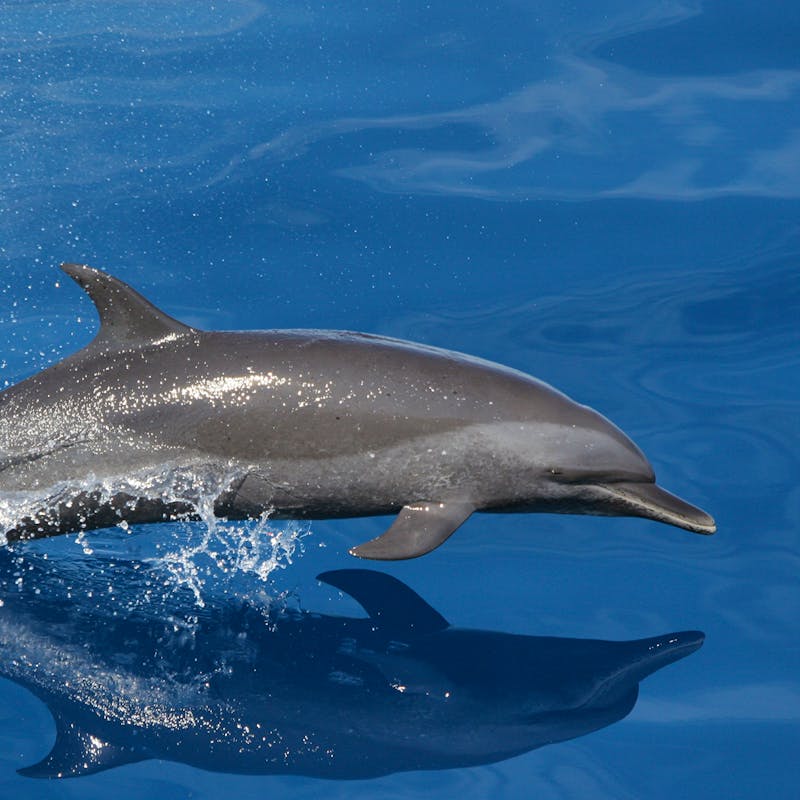A few weeks ago we told you about the record numbers of sea turtle nests in Florida. Well, it looks like Cape Hatteras National Seashore in North Carolina is also enjoying a banner year! And not just for sea turtles, but for shorebirds, tourism and the local economy as well.

Sea turtles nested at Cape Hatteras National Seashore in record numbers this season. The beach driving rule helps ensure that mother turtles can lay their eggs and return to the water safely.
A National Park Service rule that manages beach driving on the National Seashore in order to protect wildlife was implemented in February of this year. The final rule was developed after Defenders and the Audubon Society sued the National Park Service for failing for more than 30 years to regulate ORV use at the seashore.
It was a big source of concern for some in the region, who feared it would discourage visitors and kill profit for businesses that depend on tourism dollars. Instead, it appears the opposite is true: the Outer Banks Visitors Bureau reported that visitor gross occupancy of Dare County during the bird and turtle nesting season (the months of April, May and June 2012) was the highest on record. The National Park Service has also sold over 23,000 off-road vehicle (ORV) permits as of August 26.
While business was booming, sea turtles were thriving, with turtle nest counts exceeding all previous records at Cape Hatteras. As of August 29th, 222 nests were recorded and that number may increase through September as the sea turtle nesting season continues.
Piping plovers, a rare shorebird species that nests at Cape Hatteras, have also had a banner year: eleven rare piping plover chicks survived to fledge from nests laid on the seashore’s beaches.

Responsible beach management helps piping plovers thrive at Cape Hatteras.
And all this happened with only a few beach miles closed for protection.
Indeed, the National Park Service reported this week that 63.1 miles of Cape Hatteras Seashore ocean and inlet shoreline were open to the public, with only 1.8 miles temporarily closed for resource protection. Of those 63.1 miles, 46.1 miles were open to pedestrians only with another 17 miles open to pedestrians and ORV traffic.
What’s great about this news is that it shows how conservation can be a win-win for both wildlife and people. The National Park Service rule balances visitor enjoyment of its beaches with the needs of the animals that depend on them to raise their young. This rule and its positive outcome set a fantastic example for future wildlife protection decisions in the US and beyond.
Click here to read the Southern Environmental Law Center press release on this great news out of North Carolina.






Follow Defenders of Wildlife
facebook bluesky twitter instagram youtube tiktok threads linkedin